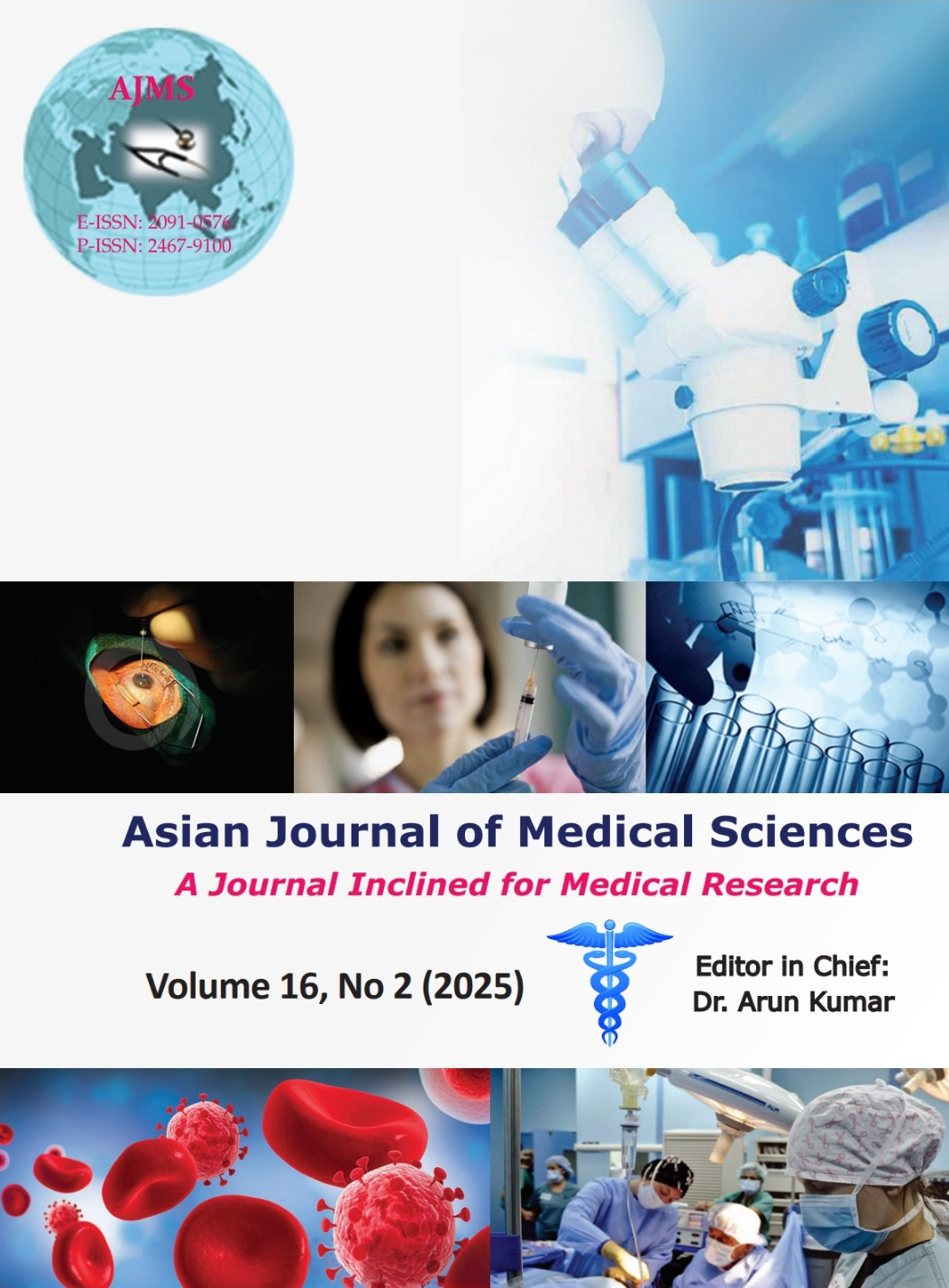Effectiveness of 4 weeks of electrical vestibular stimulation in the management of temporomandibular pain
Keywords:
Pain; Vestibular system; Sixth sense; Electrical stimulationAbstract
Background: The non-surgical therapies prevail over surgical therapies in the management of temporomandibular disorders pain. Vestibular stimulation was known to relieve pain through its connections with analgesic brain areas. Although there is literature that supports the analgesic effect of vestibular stimulation, the research studies in this area are comparatively less in Indian settings. Hence, the present study was undertaken.
Aims and Objectives: The present study was undertaken to observe the effectiveness of 4 weeks of electrical vestibular stimulation in managing temporomandibular pain.
Materials and Methods: Sixty male and female participants who reported temporomandibular pain were recruited. They were then randomly assigned into two groups. The intervention group received electrical vestibular nerve stimulation for 4 weeks and regular treatment as an adjunctive therapy. Placebo stimulation was administered to the control group along with the regular treatment. The numerical pain rating scale, the Jaw functional limitation scale-8, and depression anxiety stress scales-21 were used in the study.
Results: Pain score, jaw function score, and psychological parameters before intervention in the study and control groups were not significantly different. However, the pain score, jaw function score, and psychological parameters after intervention in the study group were significantly lower than in the control group.
Conclusion: The study results support the analgesic effects of electrical vestibular nerve stimulation in pain management in patients with temporomandibular pain. The study recommends more studies in this area to recommend the implementation of electrical vestibular stimulation in the management of temporomandibular pain.
Downloads
Downloads
Published
How to Cite
Issue
Section
License
Copyright (c) 2025 Asian Journal of Medical Sciences

This work is licensed under a Creative Commons Attribution-NonCommercial 4.0 International License.
Authors who publish with this journal agree to the following terms:
- The journal holds copyright and publishes the work under a Creative Commons CC-BY-NC license that permits use, distribution and reprduction in any medium, provided the original work is properly cited and is not used for commercial purposes. The journal should be recognised as the original publisher of this work.
- Authors are able to enter into separate, additional contractual arrangements for the non-exclusive distribution of the journal's published version of the work (e.g., post it to an institutional repository or publish it in a book), with an acknowledgement of its initial publication in this journal.
- Authors are permitted and encouraged to post their work online (e.g., in institutional repositories or on their website) prior to and during the submission process, as it can lead to productive exchanges, as well as earlier and greater citation of published work (See The Effect of Open Access).




